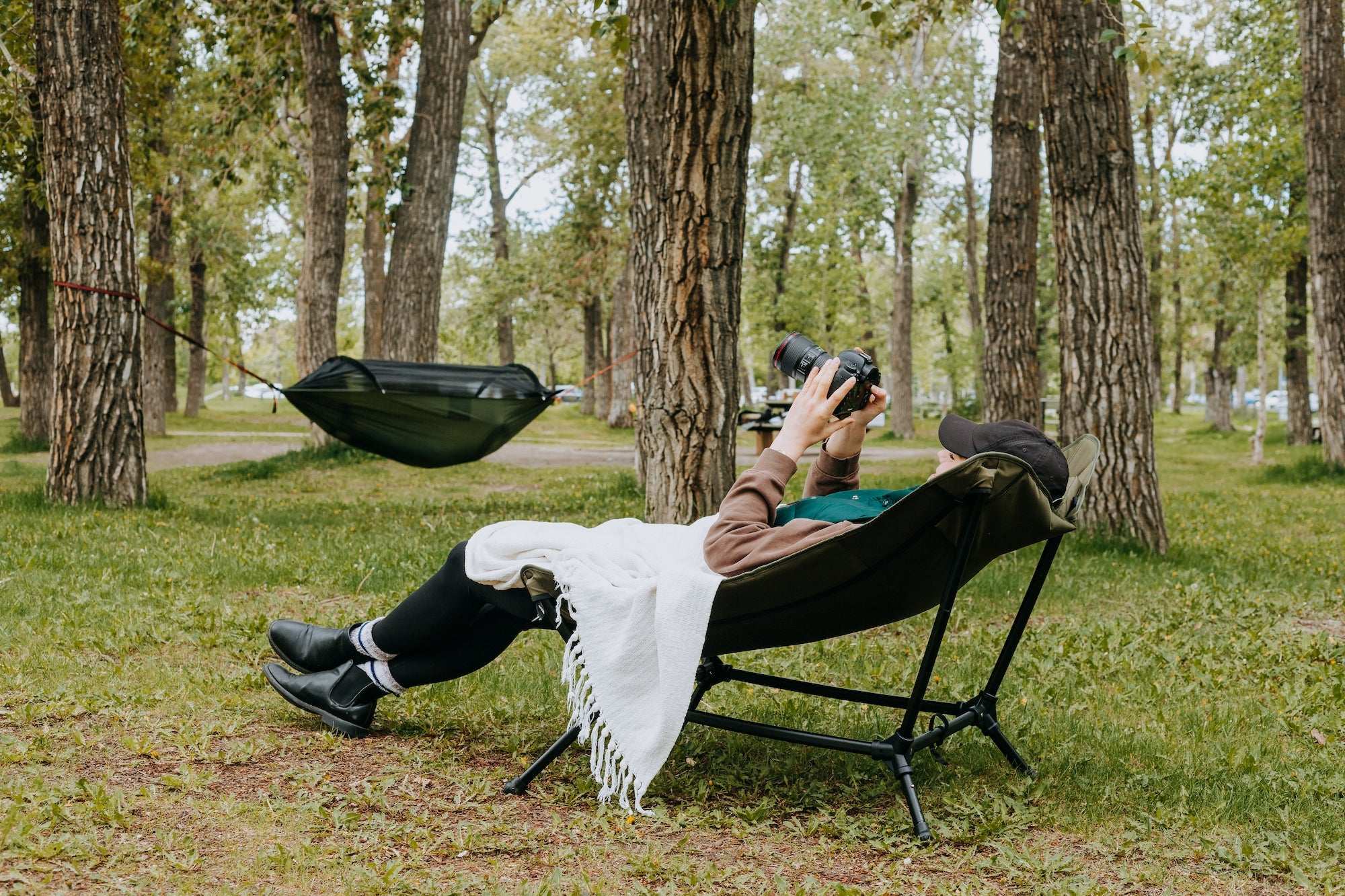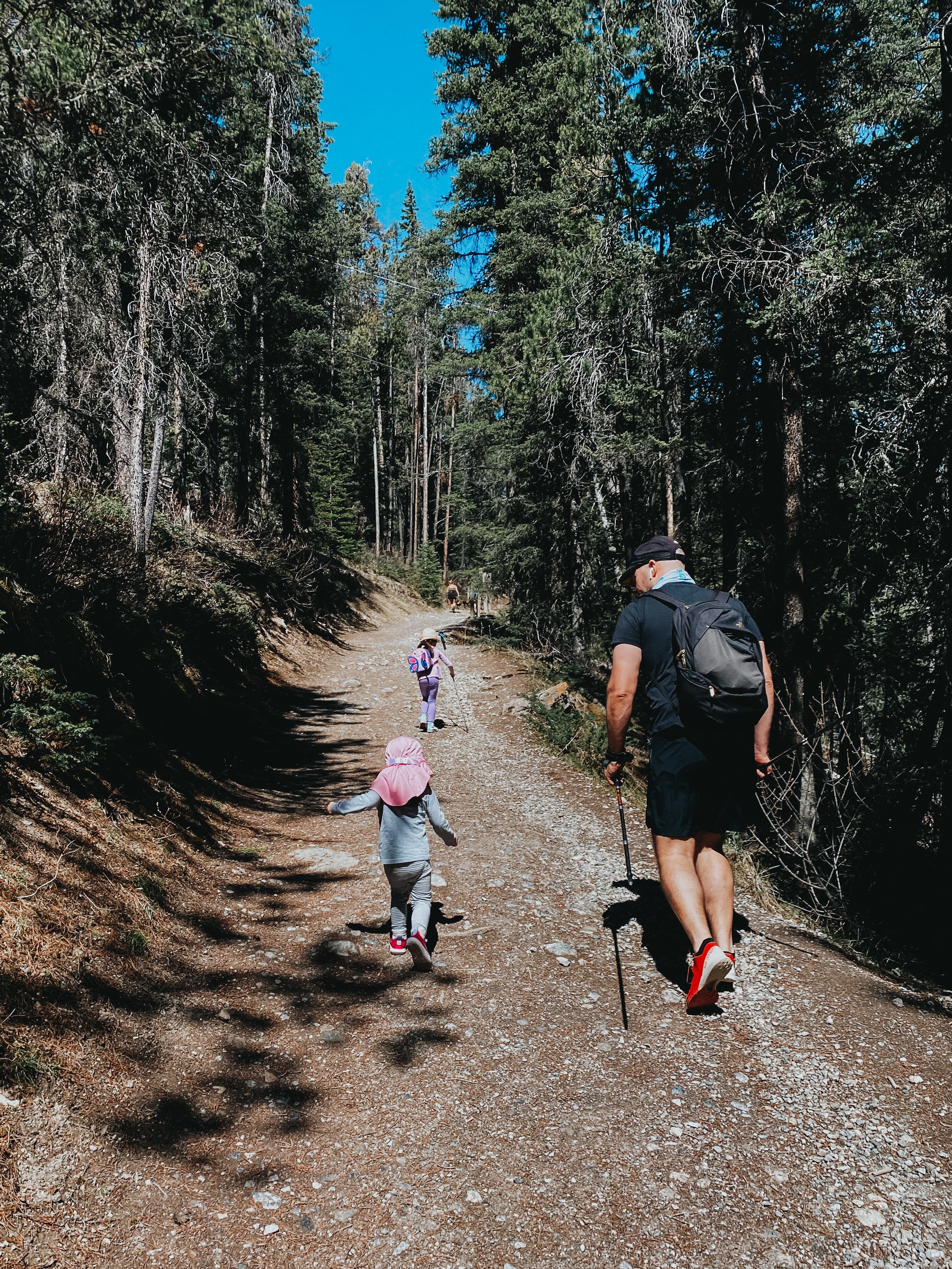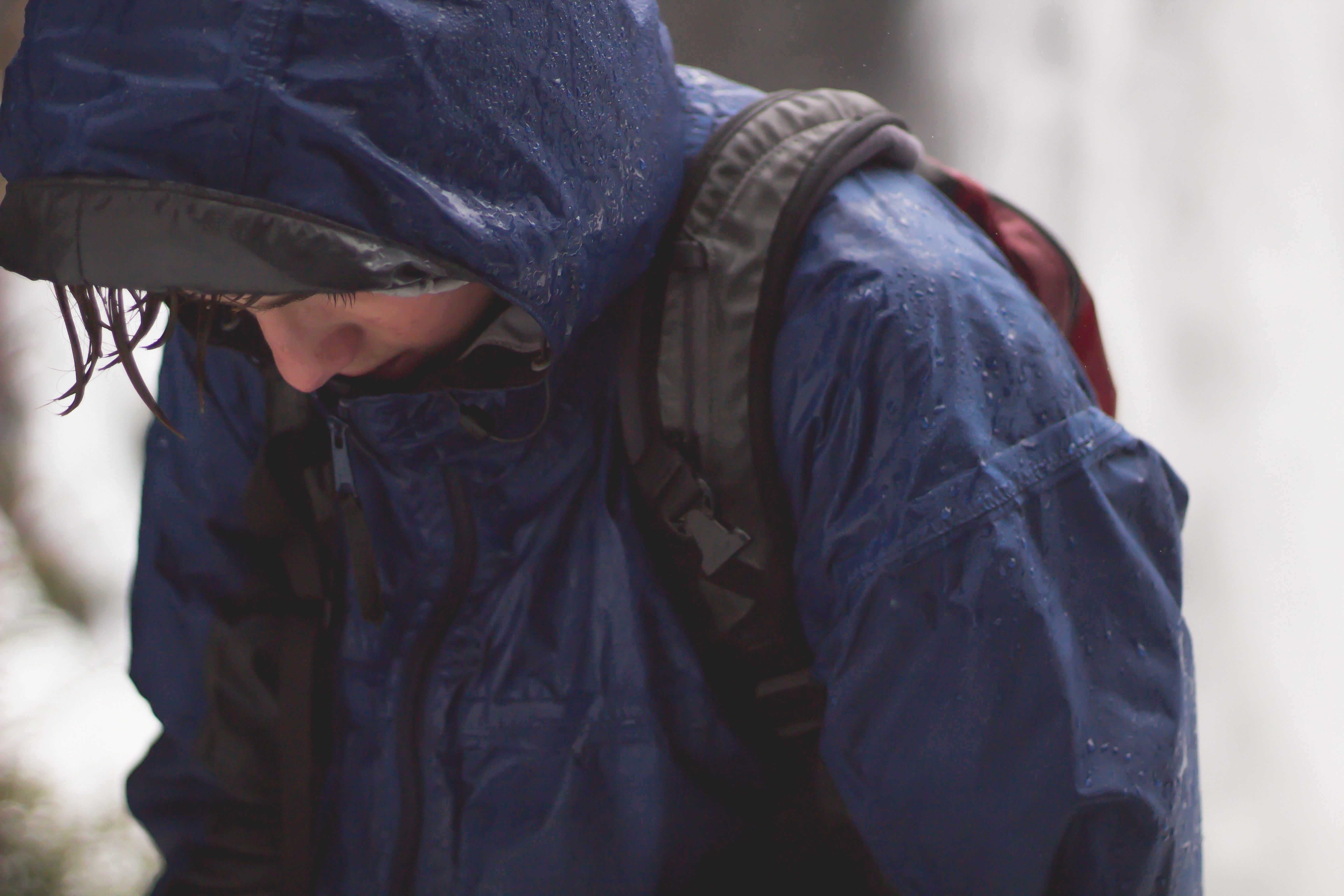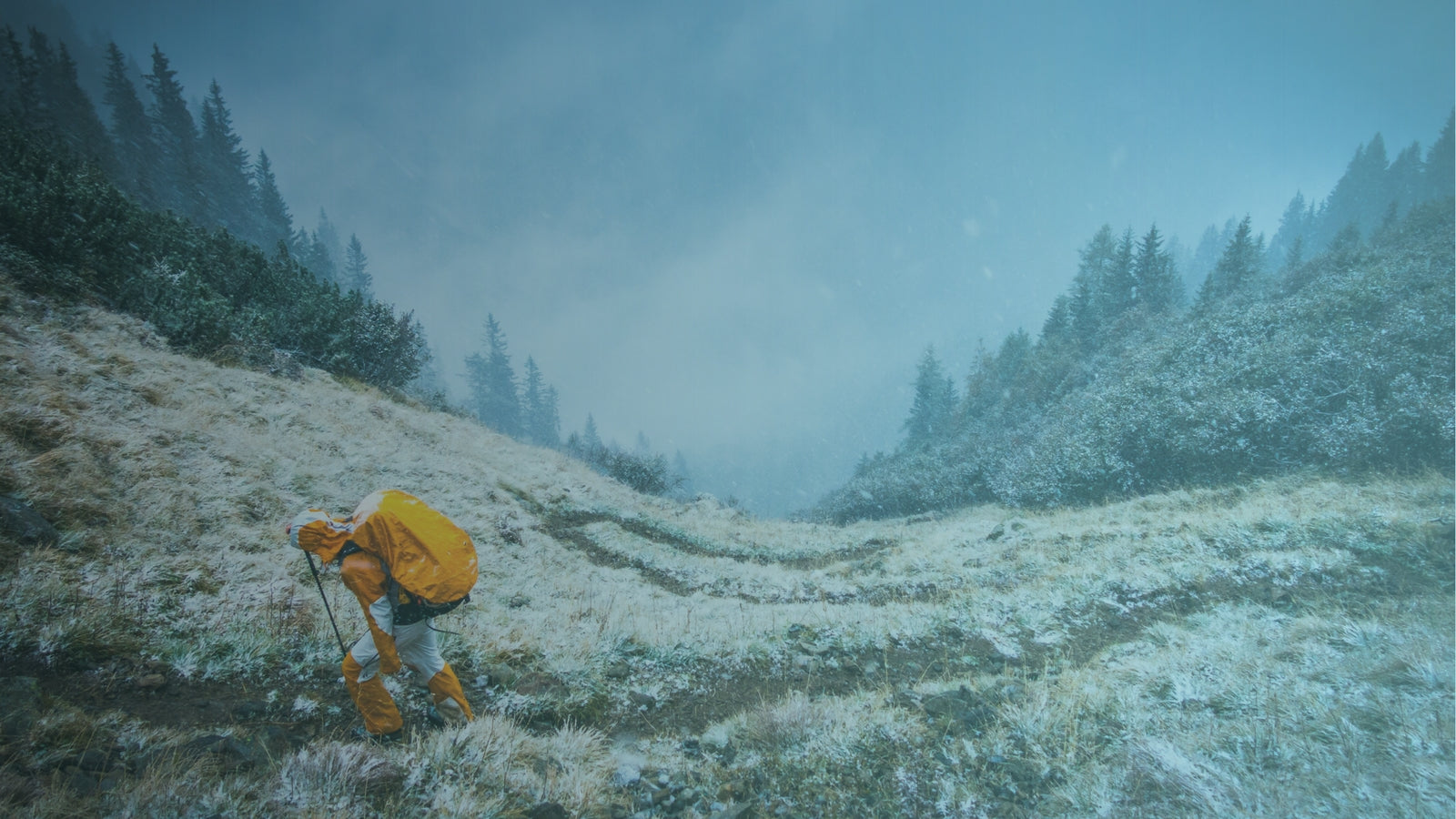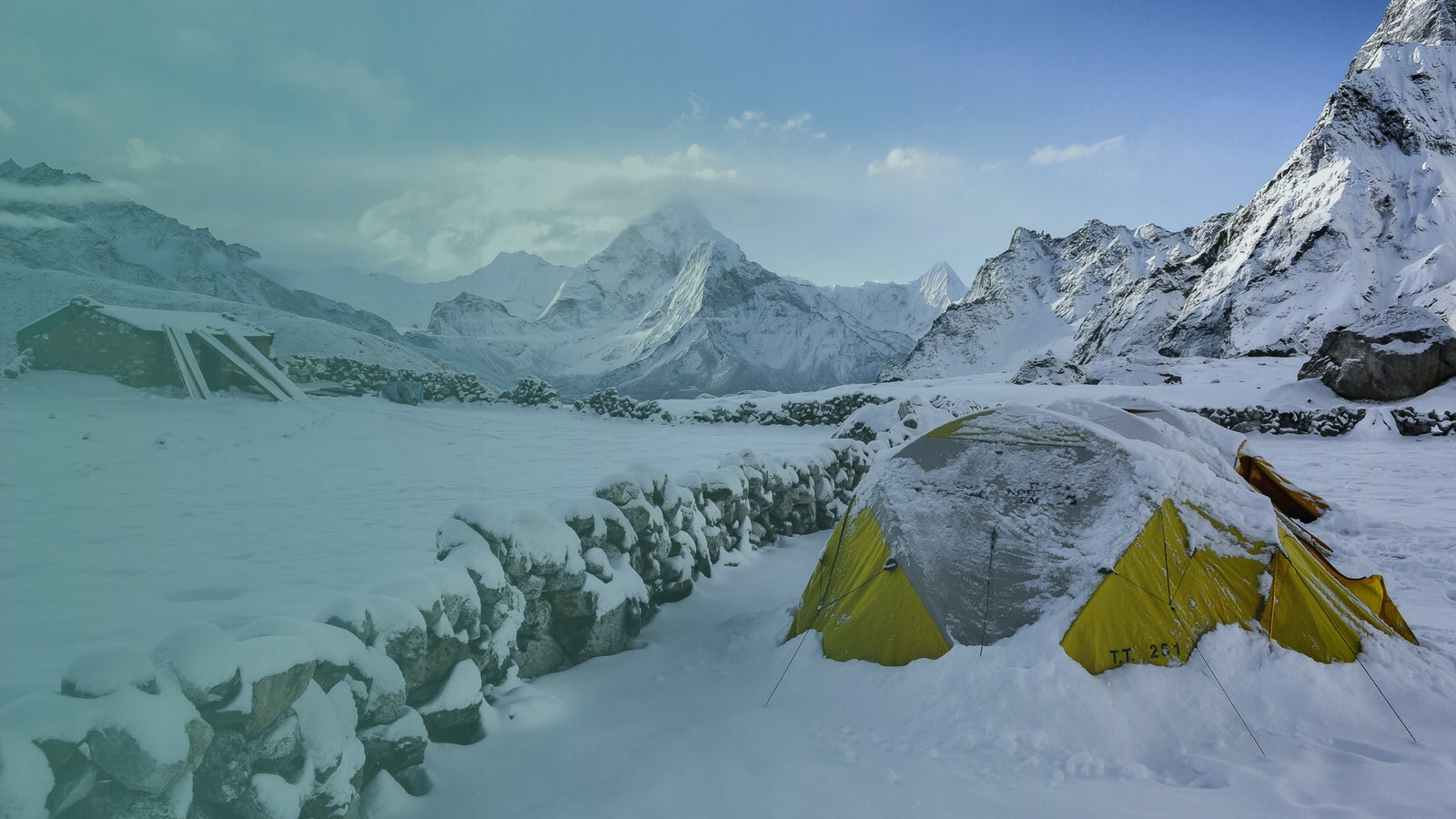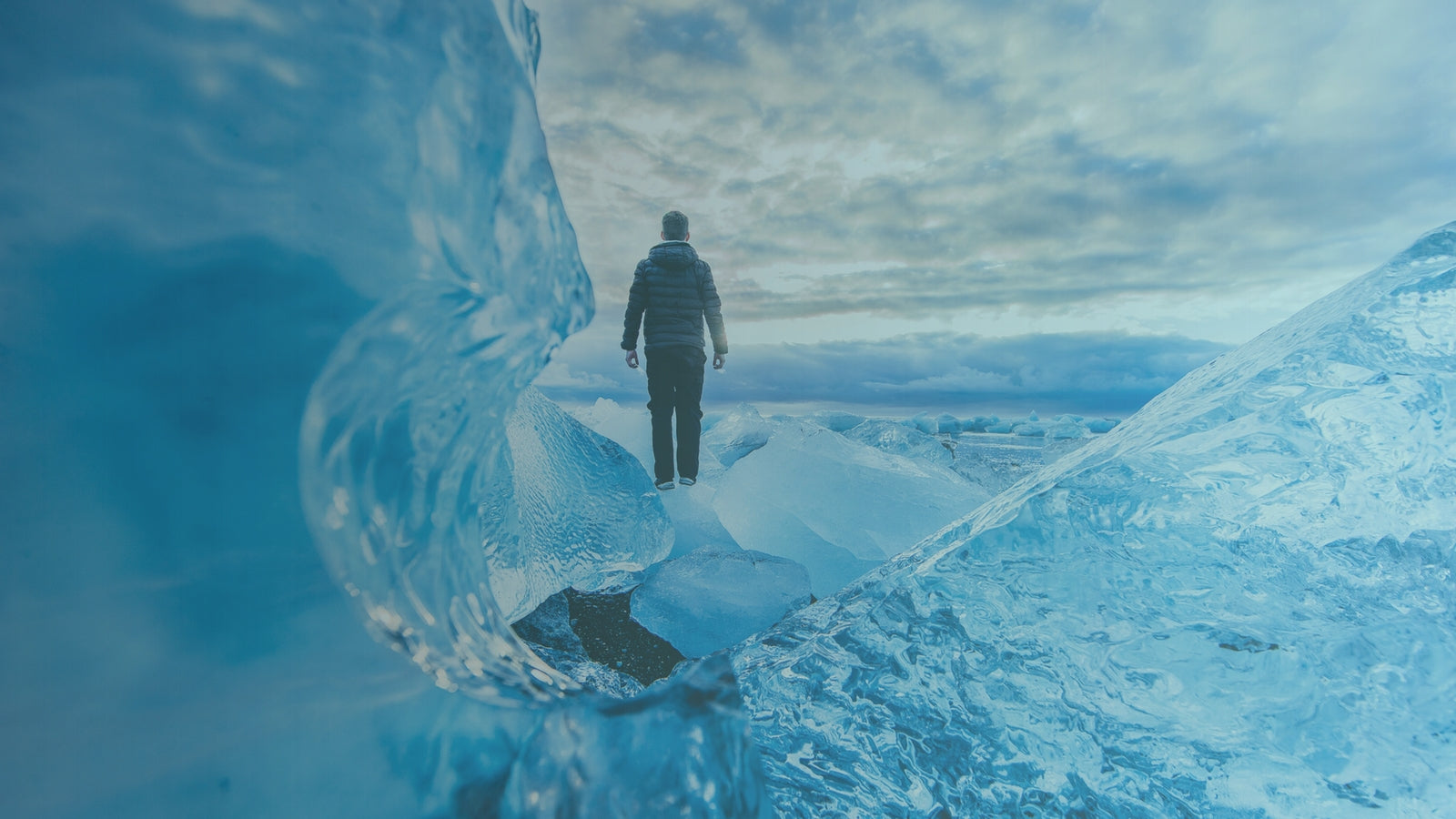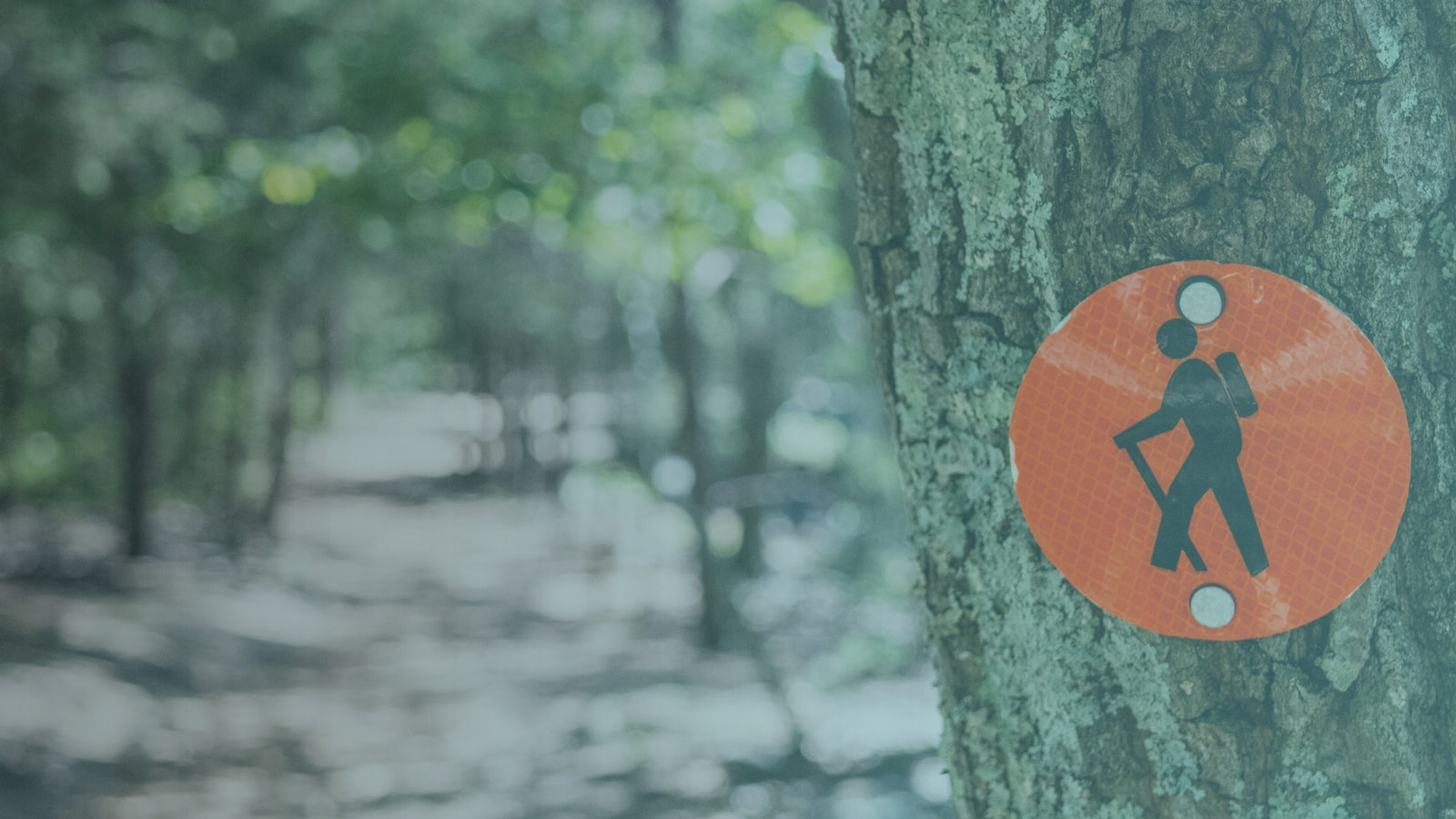Sizing and construction are exactly as described and my kid loves the extra traction
Never got them. so would say terrible customer service and never got refunded would not recommend buying from them
The quality of materials is top notch. Stays cool even on warm nights.
Very satisfied with my purchase. Great product, solid construction.
I love the mosquito net. Huge difference for sleeping out west.

